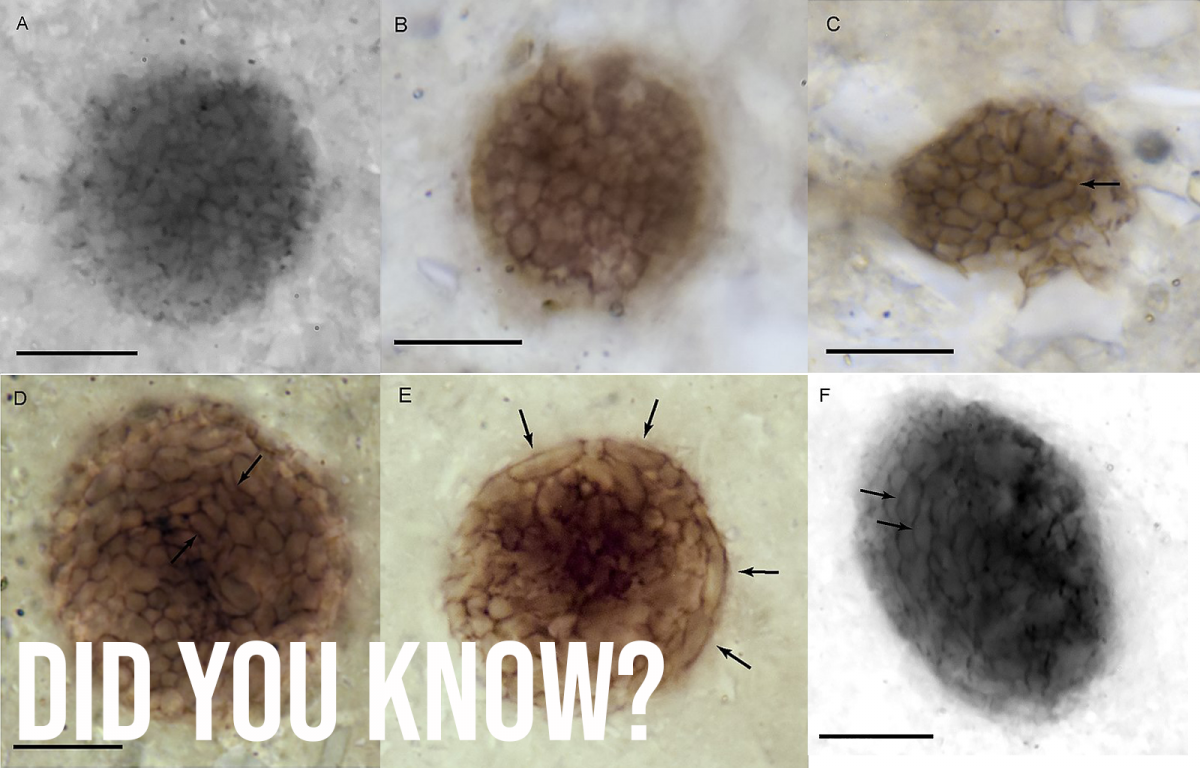
From the study "A possible billion-year-old holozoan with differentiated multicellularity", Strother et al., Curr. Biol., 2021.
"All specimens were preserved in petrographic thin sections from the Diabaig Formation stratotype, Lower Diabaig, Scotland, UK. Scale bars in (A)–(J), 5 μm; scale bar in (K), 10 μm.
We always wonder where and when animal life began. Now, scientists in Scotland have found microfossils in a primeval dry lake bed that might provide a clue. Those microfossils are truly ancient, dated to about one billion years ago. The fossils show two distinct types of cells, suggesting a link between unicellular organisms and multi-cellular animals. The scientists observed that the organism, called Bicellum, appears to be a “tiny sphere of tightly packed, roughly spherical cells surrounded by a differentiated outer single layer of elongated, sausage-shaped cells.”
Bicellum may be a link between the first unicellular relatives of animals and more complex multicellular animals. Like the first animals, the sponges, the Bicellum shows cell-to-cell adhesion and cell differentiation. Many questions remain, for example: did genes from Bicellum, or a close relative, get incorporated into the first animals? This fossil is from a fresh water lake, so did the first animal arise in the ocean or in freshwater?















